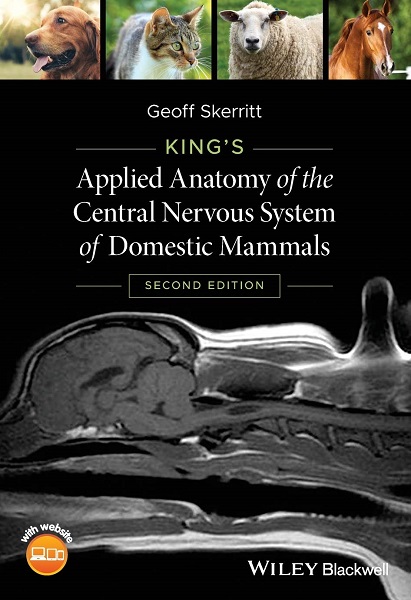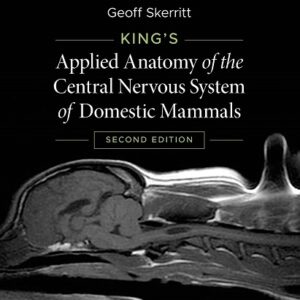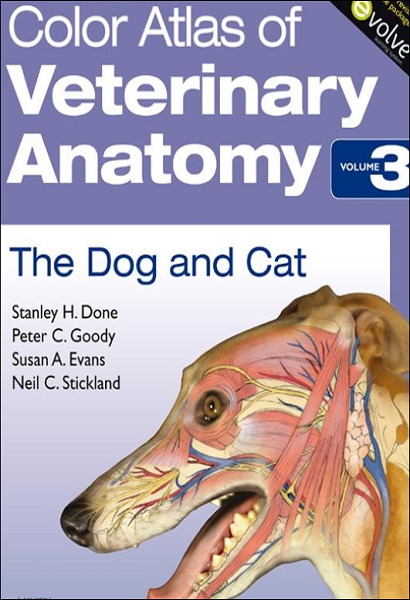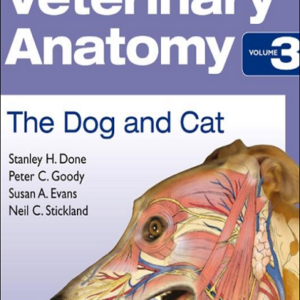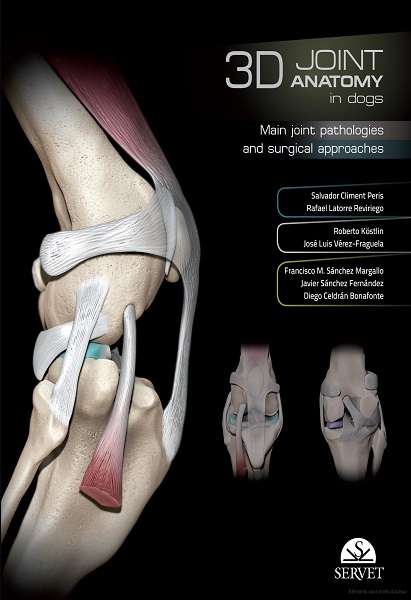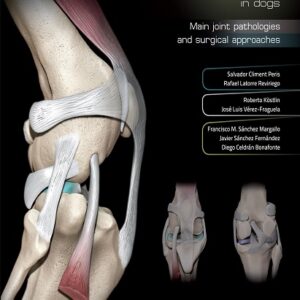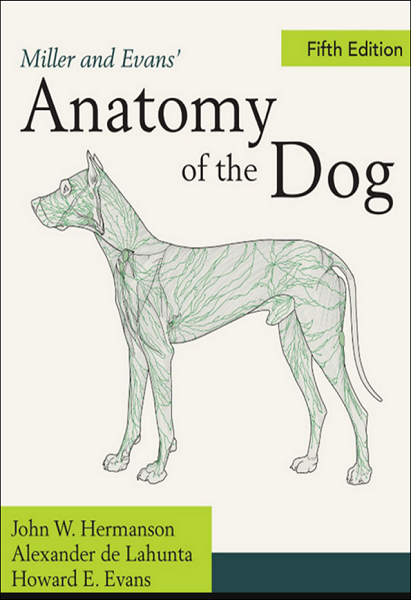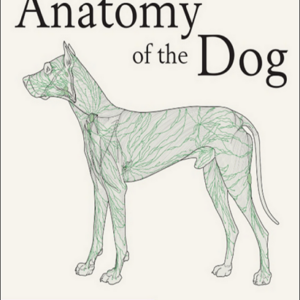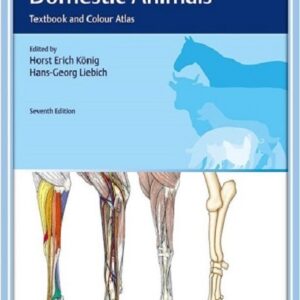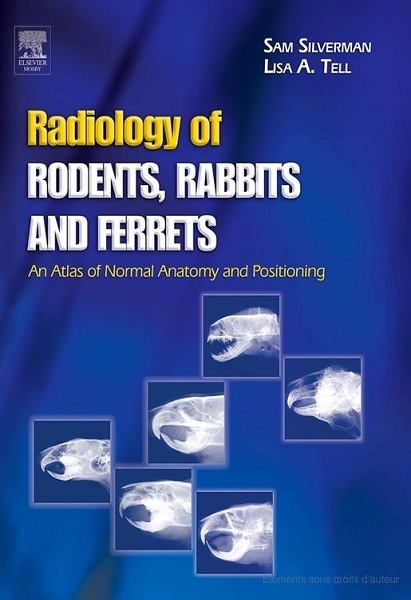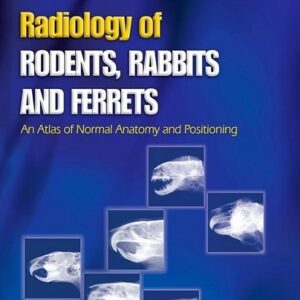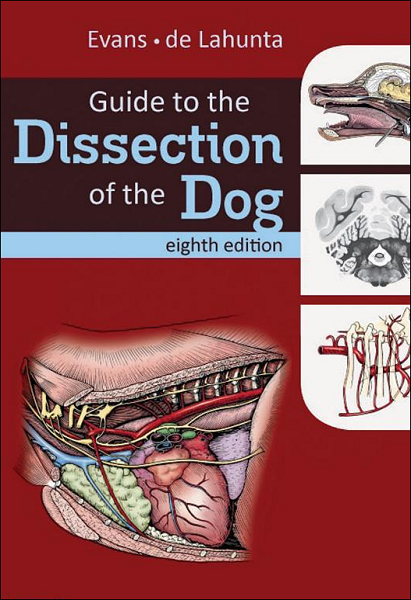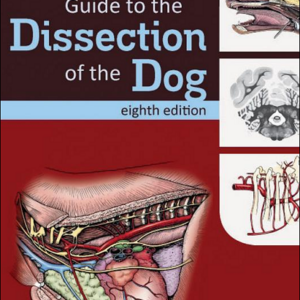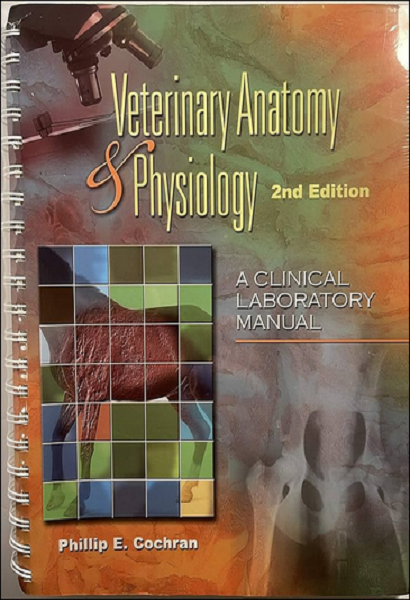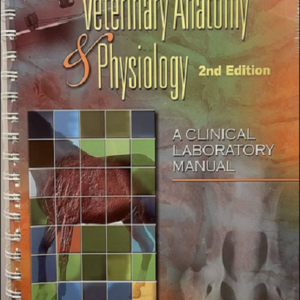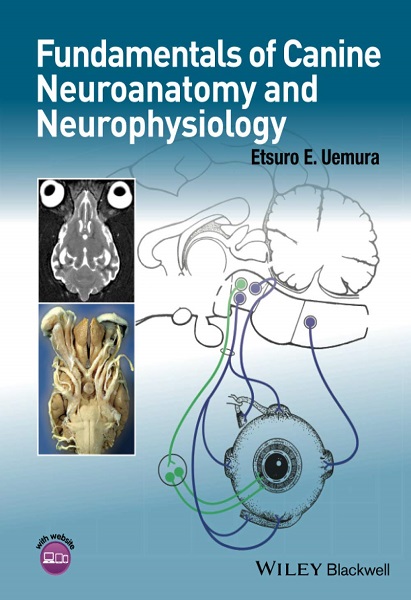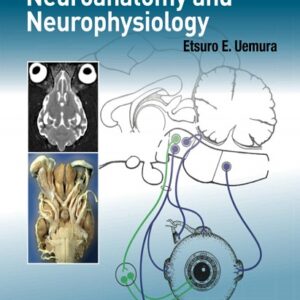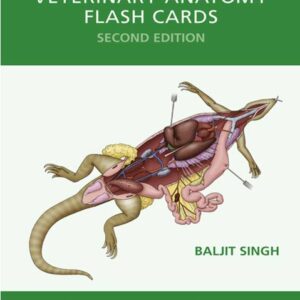Category: Anatomy-Physiology
Home > ANIMALS > SMALL ANIMAL-EXOTIC PET > Anatomy-Physiology
Anatomy-Physiology
The anatomy and physiology of dogs and cats refer to the form and structure of their body, and physiology refers to the different functions of their body. These features can widely vary for the small mammal pets, belonging to the same small mammalian group as dogs and cats but with differences depending on their species. Here some similarities and differences:
– Dogs and cats, like small mammals, show a similar basic ‘design’ in that their body is divided into cavities containing organs made of tissues and filled with body fluids
– The Organ-body systems to small mammals like rabbits, guinea pigs, or ferrets, have a different digestive system process that relies on fiber-rich diets for digestion; their skeletal structure includes lightweight bones adapted for agility, but much more prone to fractures than dogs and cats; and their respiratory system presents high metabolic rates requiring efficient oxygen exchange, making them more sensitive to respiratory infections than dogs and cats.
Showing all 15 resultsSorted by latest
The anatomy and physiology of dogs and cats refer to the form and structure of their body, and physiology refers to the different functions of their body. These features can widely vary for the small mammal pets, belonging to the same small mammalian group as dogs and cats but with differences depending on their species. Here some similarities and differences:
– Dogs and cats, like small mammals, show a similar basic ‘design’ in that their body is divided into cavities containing organs made of tissues and filled with body fluids
– The Organ-body systems to small mammals like rabbits, guinea pigs, or ferrets, have a different digestive system process that relies on fiber-rich diets for digestion; their skeletal structure includes lightweight bones adapted for agility, but much more prone to fractures than dogs and cats; and their respiratory system presents high metabolic rates requiring efficient oxygen exchange, making them more sensitive to respiratory infections than dogs and cats.
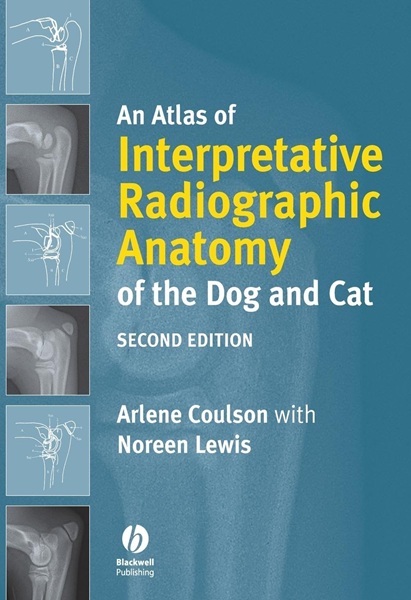
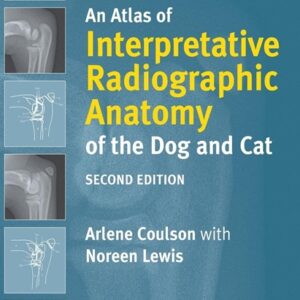
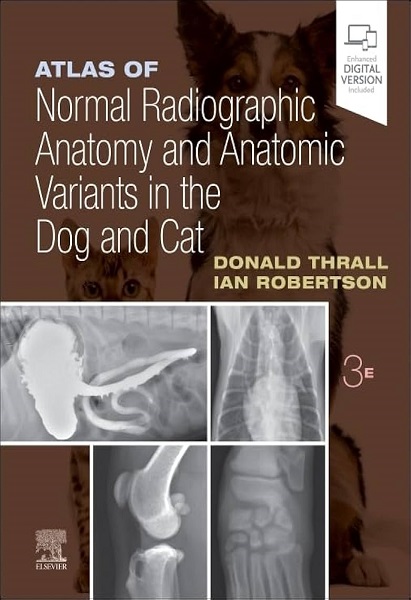
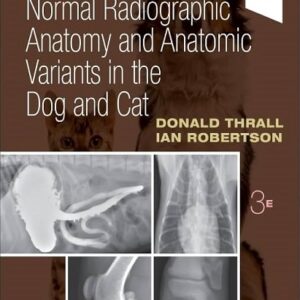
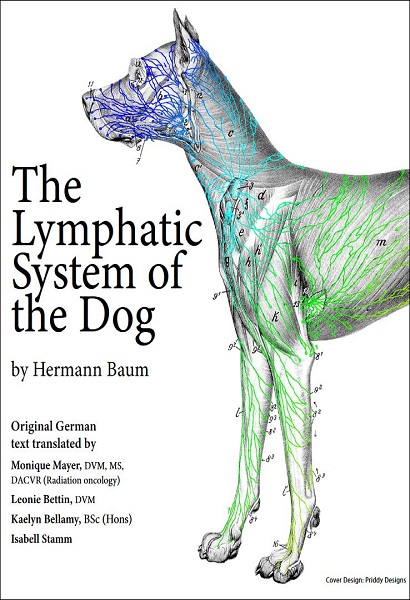

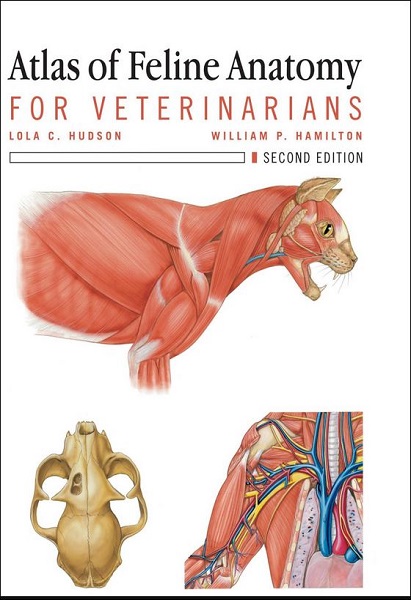

![Canine Radiographs [Slideshares]](https://www.vet-library.com/wp-content/uploads/2021/07/products-Canine-radiographs-bis.jpg)
![Canine Radiographs [Slideshares]](https://www.vet-library.com/wp-content/uploads/2021/07/products-Canine-radiographs-bis-300x300.jpg)
